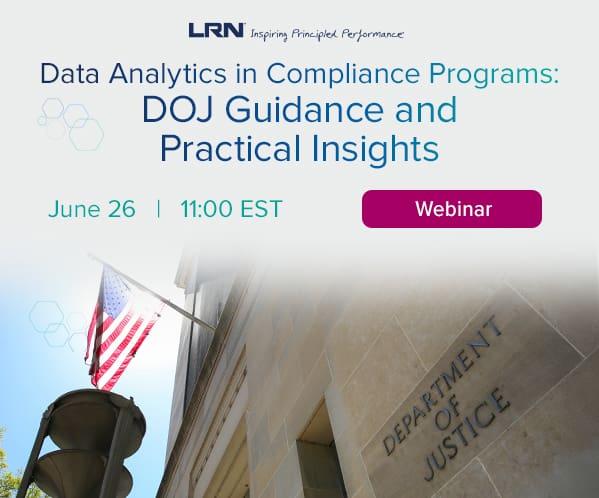Vigilant Assessment and Comprehensive Security Also Needed
According to Cybersecurity Ventures, the worldwide cost of cybercrime will grow from $3 trillion in 2015 to $6 trillion by 2021. This includes damage and destruction of data, stolen money, lost property, intellectual property theft and other areas. In an era where the likelihood of cyberattack is high, turning a blind eye can have disastrous consequences. Cyber insurance can soften the financial blows, but it works best in conjunction with an enterprise-wide culture of security, a comprehensive risk management program, and a carefully maintained security stance.
Public agencies and organizations around the world are making cyber risk their top priority. Insuring companies against data breaches is becoming a massive industry even as its promising role and impact in security operations continues to unfold. North American policyholders dominate the market, but Europe and Asia are expected to grow rapidly over the next five years due to new laws (e.g., EU data privacy regulations) and significant increases in targeted attacks, such as ransomware. Various experts predict the $3 billion global cyber insurance market will grow two-, three- or even four-fold by 2020.
While the average cost of a data breach declined by 10 percent from $4 million in 2016 to $3.62 million in 2017 globally, the United States experienced a 5 percent increase, according to an IBM Security and Ponemon Institute study. Health care is the most expensive industry for data breaches for the seventh consecutive year, costing health care organizations $380 per record, more than 2.5 times the global average of $141 per record across industries. The high probability of experiencing a significant breach is especially alarming: in the two years following a recent study, the likelihood of a “material breach involving 10,000 lost or stolen records” stood at 26 percent.
Deciding how much cyber insurance to buy is no inconsequential matter, and the responsibility rests squarely with the board of directors. Directors and executives should have the highest-level view of cyber risk across the organization and are best positioned to align insurance coverage with business objectives, asset vulnerability, third-party risk exposure and external factors. Not all breaches are limited to data exposure: ransomware, APTs and DDoS attacks can also interrupt operations.
So, how much does your organization stand to lose from a supply chain shutdown, a website outage or service downtime?
Recent data points from breach investigations help frame the discussion around risks and associated costs. Following a variety of high-profile breaches helps ensure that your projected coverage requirements match up with reality. Be sure to follow older cases for deeper insight into the full expense compared with insurance payout; related costs and losses are often incurred for years afterward due to customer and market response, as well as legal and regulatory enforcement actions.
Back in late 2013, Target Corporation suffered a very public breach that resulted in the resignation of their CEO, a 35-year employee. Target had purchased $100 million in cyber insurance, with a $10 million deductible. At last count, Target reported that the breach costs totaled $252 million, with some lawsuits still open.
Home Depot announced in 2014 that between April and September of that year, cybercriminals stole an estimated 56 million debit and credit card numbers – the largest such breach to date. The company had procured $105 million in cyber insurance and reported breach-related expenses of $161 million, including a consumer-driven class action settlement of $20 million.
These cases illustrate the need for thoughtful discussion when deciding how much breach insurance to buy. Breach fallout costs depend on multiple factors, are not entirely predictable and can rise quickly due to cascading effects. Cases in point: the bizarre events surrounding Sony’s breach and the post-breach evisceration of Yahoo’s pending deal with Verizon.
Organizations need to review their security posture and threat environment on a regular basis and implement mechanisms for incessant improvement. The technology behind cybersecurity threats and countermeasures is on a sharp growth curve; targets, motives and schemes shift unpredictably. Directors may find it useful to assess risk levels and projected costs for multiple potential scenarios before cyber insurance amounts are decided upon.
Most policy premiums are currently based on self-assessments. The more accurate the information provided in your application, the more protected the organization will be. Most policies stipulate obligations the insured must meet in order to qualify for full coverage; be sure to read the fine print and seek expert advice.
A professional security assessment can pinpoint areas in need of improvement. If you claim to be following specific protocols, but a post-breach investigation finds they were poorly implemented, circumvented or insufficiently monitored, the insurer may deny or reduce coverage. Notify your insurance provider immediately about significant changes to your security program.
Review policy details regularly to ensure they match prevailing threats and reflect the evolution of crimeware and dark web exploits. Cyber insurance carriers continually adjust their offerings based on risk exposure and litigation outcomes.
As the industry matures, cyber insurance policies will become more standardized. For now, it’s an evolving product in a dynamic market; boards and executives need to keep an eye on developments. Simultaneously, they must maintain a high degree of visibility across their security program. Checking off compliance requirements, writing policies and purchasing security software isn’t sufficient.
My advice is to lead from the top. Organizations need to ensure risk assessments are thorough and up-to-date, policies are communicated and enforced and security technology is properly configured, patched and monitored.
Turning a blind eye to cyber threats and organizational vulnerabilities can have disastrous consequences. Cyber insurance may soften the financial blows, but it only works in conjunction with an enterprisewide commitment to security fundamentals and ongoing risk management.



 Greg Reber is the Founder and CEO of
Greg Reber is the Founder and CEO of 








